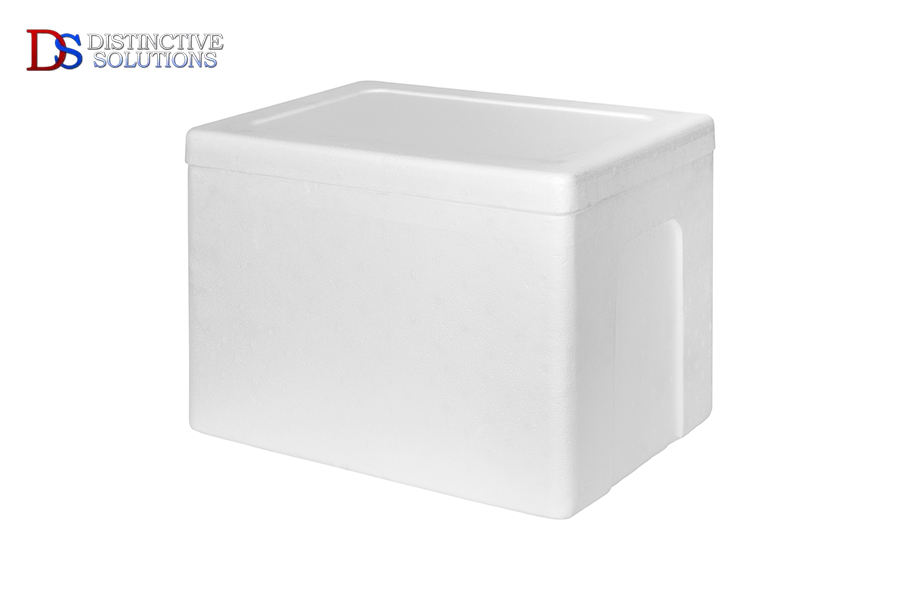Insulated box liners have become increasingly important in recent years, especially with the surge in e-commerce services. The demand for these liners is expected to continue growing as the need for thermal packaging solutions to transport perishable items, such as food and pharmaceuticals, becomes more critical. This article delves into the current state and future prospects of insulated box liners in Canada, focusing on thermal packaging and insulated liners for shipping.
The Trend of Thermal Box Liners
The growing demand for online food delivery services has been a key driver of the insulated thermal box liner market. To maintain the quality and safety of perishable items during transportation, such as meat, dairy, and vegetables, thermal packaging solutions are essential. Insulated liners help to reduce food waste by ensuring that food stays fresh throughout transportation. Furthermore, the growth of the pharmaceutical industry has also contributed to the popularity of insulated liners for shipping. Many medications, including vaccines, require specific temperature conditions during transportation to maintain their efficacy. Insulated thermal box liners ensure that these medications remain at the correct temperature, reducing the risk of spoilage and increasing patient safety.
The rise in international trade has also boosted the demand for insulated box liners in Canada. Many companies are shipping products globally, and these products often require specific temperature conditions during transportation. Insulated thermal box liners, when used with the appropriate refrigerant provide a reliable solution to ensure that products remain at the correct temperature, irrespective of external conditions, such as temperature changes or humidity.
Challenges in the Market of Thermal Box Liners
The primary challenge facing the insulated thermal box liner market is the environmental impact of these liners. Many insulated liners are made from non-biodegradable materials, such as foam and polystyrene, which can take hundreds of years to decompose, contributing to environmental pollution. To address this challenge, many companies are exploring eco-friendly insulated liners made from sustainable materials, such as biodegradable polymers.
Another challenge facing the insulated thermal box liner market is competition from alternative packaging solutions, such as reusable containers and temperature-controlled packaging. Although these alternatives may be more expensive initially, they can be more cost-effective in the long run, as they can be reused multiple times. Moreover, these alternatives are often more environmentally friendly than disposable insulated liners.
Conclusion
The market for insulated box liners in Canada is poised for significant growth, driven by the rise of e-commerce and the growing demand for thermal packaging solutions to transport perishable items. Despite the market’s promising outlook, the environmental impact of insulated liners and competition from alternative packaging solutions remain significant challenges. To overcome these challenges, companies are developing eco-friendly insulated liners made from sustainable materials and exploring alternative packaging solutions. For more information on these products, consult the experts at Distinctive Solutions, Inc.
